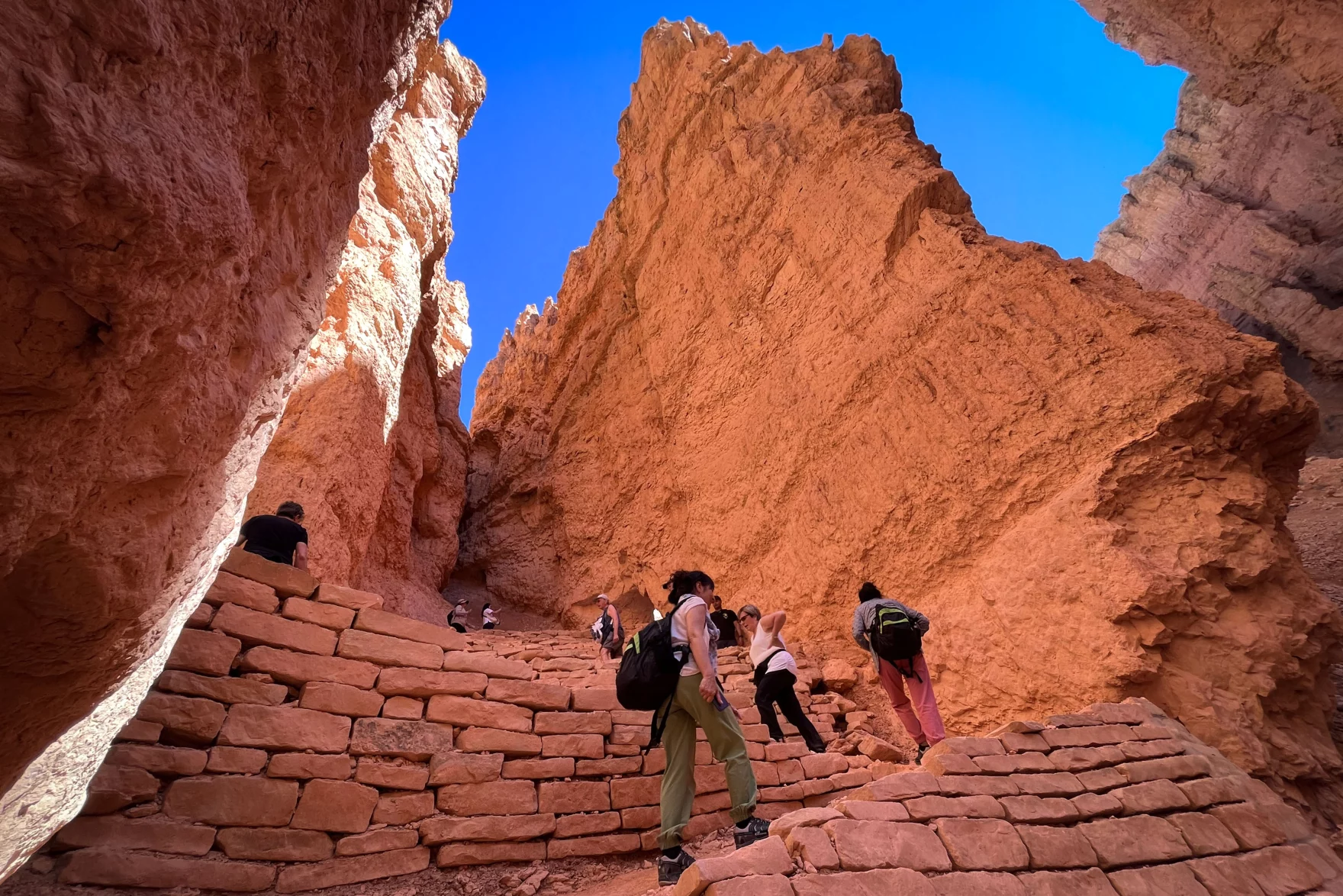Overview of Tourism Trends in Utah’s National Parks
Utah’s national parks and their nearby towns are currently experiencing a notable drop in summer tourism, with visitation levels at historic parks like Bryce Canyon and Capitol Reef decreasing significantly. For example, visitor numbers at Bryce Canyon fell by 8% this year compared to last, while Glen Canyon National Recreation Area saw a staggering decline of 20% in the same timeframe. Overall, the five major national parks in Utah and the Glen Canyon area reported an approximate 10% decrease in visitors, which poses a serious concern for the local economy.
Economic Impact on Gateway Communities
Rural communities that depend on tourism for economic stability are feeling the crunch. Tourism accounts for a vital source of income; in 2023, travelers to Utah’s parks contributed an estimated $1.9 billion to the economy of these gateway towns. A drop in visitor numbers not only disrupts local businesses but also diminishes overall revenue, which can be detrimental to their survival.
Personal Insights from Local Business Owners
Local business owners, such as Lance Syrett, general manager of Ruby’s Inn, highlight the reality of such economic hardships. After adjusting prices to attract more visitors, revenue remains down by roughly 3% to 4%. As he poignantly noted, “Each year, you’ve got to make 2% or 3% more money just to keep up with inflation,” suggesting that any decline in revenue can quickly snowball into larger financial difficulties.
Visitor Behavior and Patterns
Interestingly, the pandemic has reshaped visitor demographics considerably. International tourists, once the primary source of guests at Ruby’s Inn, made up roughly 40% of visitors this year, down from 60% in 2019. This shift creates challenges as local operators adjust their strategies to attract mostly domestic travelers, who tend to book closer to their travel dates, impacting planning for local businesses.
Historical Context of Tourism in Utah’s National Parks
The historical trends in park visitation reveal a complex relationship between the parks’ appeal and broader economic conditions. Past patterns show that tourism wanes in times of uncertainty, aligning closely with fluctuating international relations and local economic climates. As tourism to these iconic parks serves as a linchpin for local economies, understanding the roots of such declines—economic or otherwise—can help define strategies for the future.
Before the current downturn, Utah’s parks were thriving hotspots attracting millions annually, bolstered by rich natural beauty and outdoor activities that catered to various adventure seekers, from hikers to boaters. The investment in park infrastructure and promotional efforts has made Utah a significant player in the outdoor tourism market. However, changes in visitor behavior, like earlier booking practices and travel hesitance from uncertain global affairs, have become substantial challenges for maintaining traffic to these parks.
Projected Future Trends
As tourism experts observe declining patterns, it’s essential to consider the future of national parks amid changing global dynamics. Although the immediate outlook appears challenging, there is optimism that the parks will eventually bounce back as they have in the past. Communities and stakeholders will need to innovate in how they market their offerings and adapt to the new visitor profiles they encounter.
Moreover, the Lake Powell area has experienced a significant 30% drop in tourism this July, coupled with concerns about environmental impacts like declining water levels and ongoing wildfires nearby. These issues may deter visitors from planning trips in the near future, compelling local businesses to devise creative marketing strategies and offers to entice tourists back to the region.
Conclusión
The decline in summer tourism at Utah’s national parks presents a multifaceted challenge that local communities must navigate. While the downturn is undeniably tough for those dependent on tourism, it also provides an opportunity for innovation and growth. As those involved in the tourism sector band together to pursue solutions, prospects for recovery can materialize.
In regions like Utah, where outdoor recreation plays a vital role, maintaining and promoting accessibility and affordability at parks is crucial. Local business owners and stakeholders must adapt to ongoing changes, ensuring that tourist experiences remain appealing amidst evolving conditions. Meanwhile, GetBoat.com remains vigilant about the latest tourism trends and developments, ultimately helping to bolster the spirit of exploration on land and sea alike.


